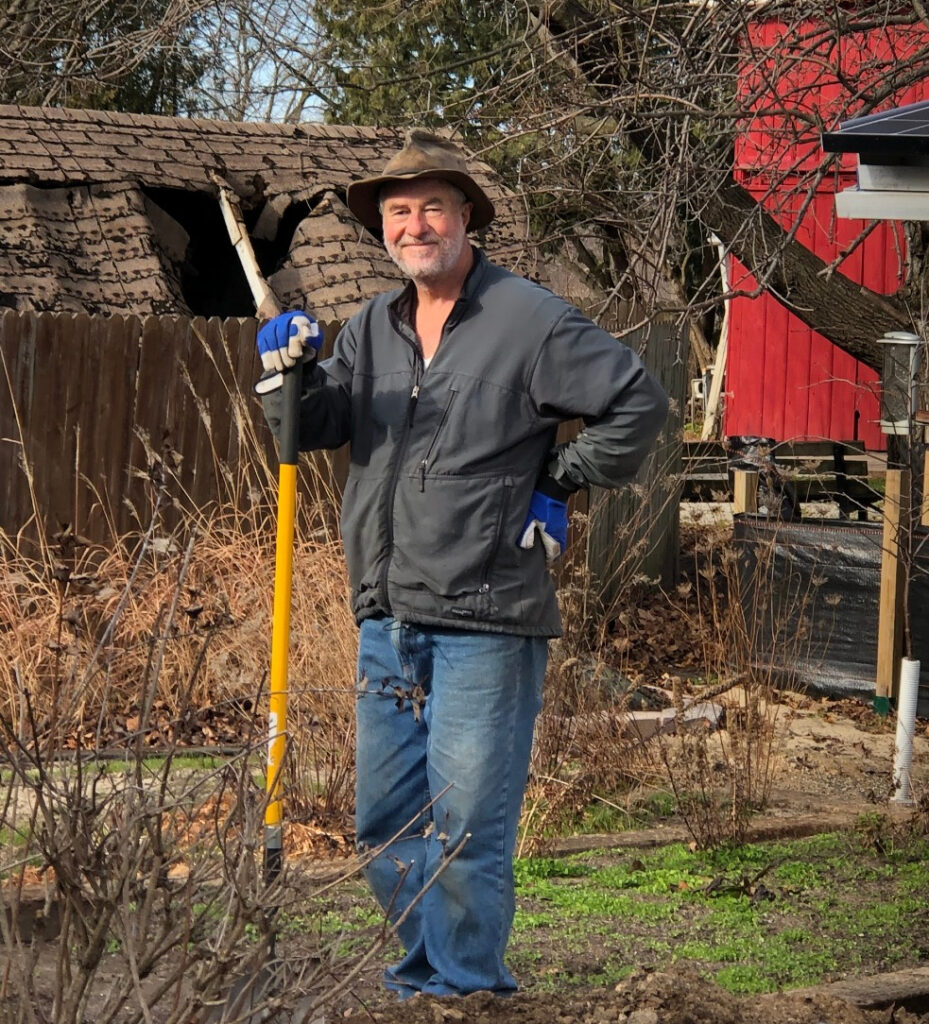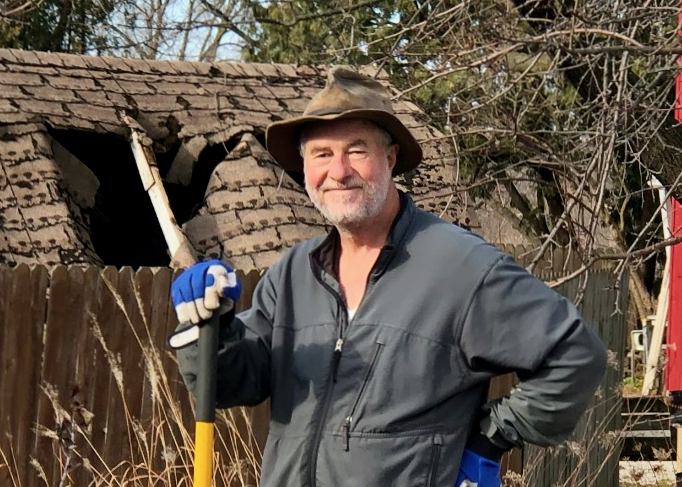By Dan Russler
Community Solar is a new type of organization that offers specialized solar electricity purchases to member customers and then supports the acquisition and distribution of locally produced solar electricity back to those customers.
Although similar to standard cooperatives, there has been a great deal of recent experimentation by community solar organizations regarding what kinds of communities are targeted for the customer base, such as low-income communities, and what programs are offered to members.
The Wisconsin Clean Energy Plan (WEP), discussed in my first commentary in this series, includes community solar for Wisconsin among its many recommendations, including the following reference from the Governor’s Task Force on Climate Change, Recommendation No. 14, that applies to Jefferson County as well as many other counties: “Municipal utilities and rural electric cooperatives will be encouraged to offer community solar options to their customers as well.”
For Jefferson County, much conversation regarding these community solar program options will be needed if these organizations are to be implemented here.
An example of a potential community solar program for interested members will illustrate the flexibility of community solar programming.
According to the Jefferson Utilities website, green electricity is already available to their customers, but, due to no-fault by Jefferson Utilities, the surcharge for green electricity is two cents per kWh more than the base rate. Since Jefferson buys green electricity from sources outside of Jefferson County, they need to pay for expensive transmission costs to get the green electricity into the county. The farther away the source of electricity, the higher the cost wholesale. Much of the green energy sold in Wisconsin today comes into Wisconsin via MISO, our multi-state provider of electricity, which buys much of their green electricity from states to the west of Wisconsin. Because of the long-distance transmission costs, MISO energy will always be more expensive than local energy, and although MISO energy is necessary at times to stabilize the Wisconsin grid, it should only be used as a last resort by utilities.
As stated in my first commentary, the three-cent wholesale price of local solar energy anticipated for 2030 (now about 5 cents) suggests that the current surcharge model for green energy is no longer a good deal for Jefferson electricity customers. Instead, the best strategy for community solar members is to obtain green electricity locally and for solar electricity costs to follow the well established “duck curve” of daily solar electricity pricing. This would result in a time-of-day-based rate that becomes cheapest at around noon and then rises again as local time approaches sunset.
Why is this duck curve model best for local heating and cooling? In addition to an adequately insulated building, the answer is based on the presence of several assumptions. Today, time-of-day electricity pricing is highest when more people begin using more electricity, about 6 a.m., when most people are getting ready for daytime work. Currently, that daytime rate lasts until late evening, after most people return from work and go to sleep.
The first assumption is that night-time rates will remain as low or lower than they are now since they will continue to be based on an oversupply of fossil fuel electricity at night.
The second assumption is that “duck curve” pricing is implemented during the day for community solar members. This means that the daytime cost of electricity would be lowest from about 11 a.m. to 3 p.m. for community solar members, when solar electricity is most prevalent.
The third assumption is the most complicated to explain, because it depends upon modern smart thermostats and human behavior. Smart thermostats are needed to schedule heating and cooling when electricity costs are lowest and then to turn heating and cooling off, as long as possible, when electricity rates are highest. Human behavior is important because these smart thermostats are under the control of people who need to be able to make decisions about their own comfort levels. The amount of money saved depends on these decisions.
The science of the strategy is not too complex. To economically use energy, it takes several hours to slowly heat or cool the thermal mass of the building, which includes the interior walls, floors and furniture. However, when the thermal mass of the building reaches the proper temperature, the thermal mass can then heat or cool the interior space for some time before more energy is needed for comfort. The more thermal mass in the building, the longer it can maintain comfortable temperatures without extra energy.
To implement the strategy takes some effort. When the cost of electricity drops, the smart thermostat must be set to gradually reach the maximum comfortable level of heat or cold possible just before the cost of electricity is scheduled to rise again. When the cost of electricity goes up, the smart thermostat must be set to the minimum comfortable level of heat or cold. The result of these smart thermostat settings is that after the heat or cold is stored in the thermal mass, the thermal mass can keep the heating or cooling system off until everything reaches the lowest comfortable temperature. At that point, the smart thermostat turns on the heating or cooling system again.
I’m only an example of one person, but I’ve used this strategy for years and have achieved a lot of cost savings. For technical readers, one of the many research review articles is posted here that documents the science and the energy savings.
Because the cost-saving consequences of this strategy have become more important to buyers, many companies are now starting to sell advanced thermal mass heating and cooling equipment that adds active technology support to the passive thermal mass of a building. However, in my case, I was able simply to use the passive thermal masses available in my home to save money using traditional, overnight time-of-day electricity rates. Unfortunately, without the duck-curve pricing making low-cost electricity available in the middle of the day, I’ve had difficulty keeping temperatures controlled by thermal mass all the way from morning through the evening. This is one of the reasons I would subscribe to a community solar program offering this “duck curve” pricing model for solar energy.
Expanding on the second and third commentaries written in this series, the remainder of this article will explore the potential relationship between our municipal utilities in Jefferson and Lake Mills and potential rural electric cooperatives around Jefferson County within the community solar subscription model. Unfortunately, there are no rural electrical cooperatives with offices in Jefferson County at this time. The closest is Rock Energy Cooperative, with offices in Janesville and Beloit.
Before we can consider city utilities working with rural electricity cooperatives, we need to better understand more about the other stakeholders in the community solar organization. Since transmission costs between producers and customers depend on distances between the two, the real cost of electricity to city customers will always be cheapest if it is all produced within the city by city residences and city businesses. The real cost of rural solar is higher for city dwellers simply because of the longer length of electricity distribution wires between the rural producers and city customers.
Currently, most of the electricity wire needed to support city electricity producers and city electricity customers is already owned by the city’s electric utilities; relatively little extra investment in wiring would be needed to distribute solar electricity that is produced and used within the city. On the other hand, it is hard to predict now whether a single city could become self-sufficient regarding solar energy production; it could be that a city utility might never have to negotiate with rural producers for extra solar electricity. However, if a city utility is short of solar electricity, solar electricity from the surrounding countryside becomes the next most affordable option.
Based on basic economics, any relationship between a city utility and a rural electricity cooperative could only really be considered after more local experience by individual community solar organizations. However, the advantage to the farmers running agrivoltaic solar systems is that a local market for solar energy would be helpful for adding an extra income stream to these more sustainable farms. The result would be additional food security for local city dwellers as well. These more complex economics really govern the relationship between rural electricity producers and city utilities in Jefferson County today.
In conclusion, I believe no matter what features are included in an evolving Jefferson County Energy Plan, the need to bring in more experienced resources into Jefferson County to support a rational planning process is evident. In the case of community solar features, one might also consider bringing in educational resources from currently-active community solar organizations in other Wisconsin counties, who can provide some additional practical experience in addition to the state educational resources already described.
Describing himself as a writer of “commentary by a nonpartisan centrist,” Dan Russler is member of two ad hoc analytical groups: Fair Maps of Jefferson County and the Wisconsin Map Assessment Project (WIMAP), and he is one of 36 “Concerned Voters of Wisconsin,” a citizens’ group which submitted in January an amicus brief, also known as a “friends of the court” document, asking the Wisconsin Supreme Court to reject the Wisconsin Legislature’s proposed Assembly map. He is one of 10 Wisconsin voters who, in March, filed a civil rights lawsuit asking the federal court for a declaratory judgement disqualifying U.S. Sen. Ron Johnson, and U.S. Reps. Scott Fitzgerald and Tom Tiffany as candidates for office in November. Russler is a resident of Jefferson County.

Dan Russler
This post has already been read 1431 times!
